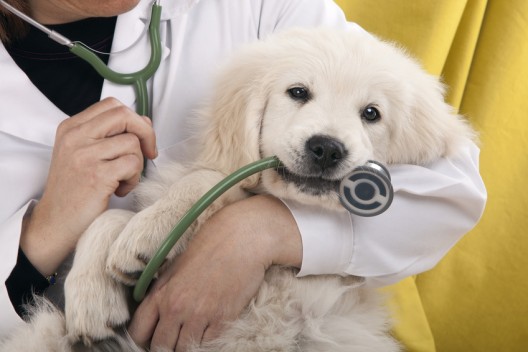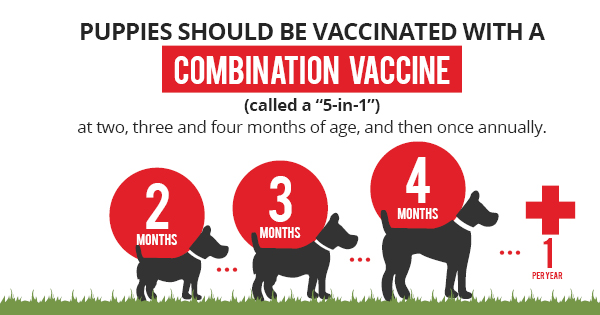
Veterinarians commonly recommend prophylactic, or preventive, dental cleanings to their patients on an annual basis to combat dental disease which can lead to other major health issues in dogs and cats such as heart and kidney disease to name a few. But what can a veterinarian, or a pet owner, do to prevent dental disease in young animals before it occurs or when the pet is not a good candidate for general anesthesia?
A Non-Anesthetic Dental Cleaning is a new type veterinary dental cleaning procedure that solves that dilemma by using highly-qualified and trained veterinary hygienist in your veterinarian’s own clinical setting. The veterinary hygienist utilize special techniques to keep your pet calm and allows your pet to have a low stress dental examination and preventive cleaning of all tooth surfaces without the use of a general anesthesia.
Your Veterinarian can help you decide if your pet would benefit from a non-anesthetic dental procedure prior to the procedure. Typically, pets with severe gingivitis or tooth decay are not candidates for the non-anesthetic dental since a more invasive treatment involving anesthesia would then be required.
The veterinary hygienist will evaluate your pet’s temperament to see if their behavior will allow for a successful procedure. If a pet is overly fearful or anxious and it is determined that the non-anesthetic treatment will not be a good option, the hygienist will recommend an alternative treatment approach and you will not be charged for the procedure. By using gentle behavior management techniques, the hygienist is able to build enough trust with your pet and allow for a low stress and thorough dental cleaning. Getting even the back teeth and the gums.
Non-anesthetic dental cleanings are a great alternative for older pets, and for those pets with chronic liver, kidney, or heart disease that might not be good candidates for general anesthesia. Non-anesthetic dental cleanings are not intended to replace traditional anesthetic veterinary dentistry, but it serves as an additional therapy for pets who are not good candidates for anesthesia and also for clients who fear placing their beloved pets under elective anesthesia. It is important to start routine dental cleanings before your pet develops periodontal or gum disease which can lead to costly surgical procedures in the future. Give your pet the preventive care and healthy mouth they need to live a long and happy life. Non-anesthetic pet dental are another way EZ Vet Clinics makes pet care easy!

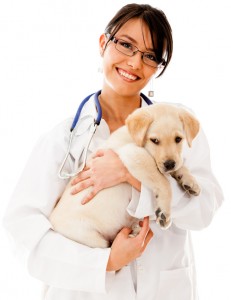 According to the American Society for the Prevention of Cruelty to Animals, an estimated 70 to 80 million dogs and 74 to 96 million cats are owned. These pets are loved and cared for, and are seen as part of the family. However, there are millions of pets that are homeless or in shelter, and can’t get the care and attention they need. One of the major contributors of the influx of homeless pet is a pet owner’s neglect to spay or neuter their pet. Here is some more information about the benefits of spaying and neutering your pet, and the best time to bring them to an animal hospital for the procedure.
According to the American Society for the Prevention of Cruelty to Animals, an estimated 70 to 80 million dogs and 74 to 96 million cats are owned. These pets are loved and cared for, and are seen as part of the family. However, there are millions of pets that are homeless or in shelter, and can’t get the care and attention they need. One of the major contributors of the influx of homeless pet is a pet owner’s neglect to spay or neuter their pet. Here is some more information about the benefits of spaying and neutering your pet, and the best time to bring them to an animal hospital for the procedure.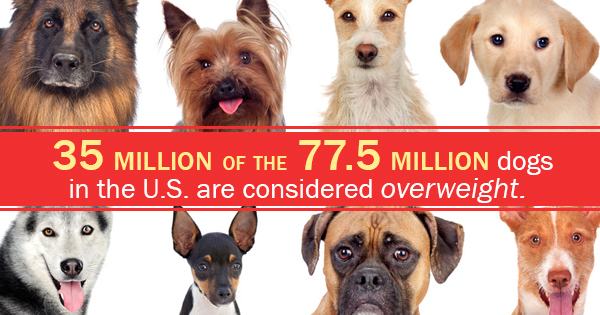 We all love our furry companions, but for many owners it can be difficult to find the time to give their dogs the kind of attention and care they need to stay happy and healthy pets. The average lifespan of a dog varies from 8 to 16 years, depending on breed, size, genetics, and proper pet care. However, a pet that doesn’t get the right amount of exercise has the real threat of obesity, which can severely reduce a dog’s lifespan.
We all love our furry companions, but for many owners it can be difficult to find the time to give their dogs the kind of attention and care they need to stay happy and healthy pets. The average lifespan of a dog varies from 8 to 16 years, depending on breed, size, genetics, and proper pet care. However, a pet that doesn’t get the right amount of exercise has the real threat of obesity, which can severely reduce a dog’s lifespan.
 You may think the risk of your pet getting Lyme disease ends when the weather starts to cool, but by Autumn, adult ticks have had more time to become infected with disease-causing bacteria. It has been reported that in some areas, up to 50% of ticks can be infected with diseases such as Lyme, compared with only 20% in the summer. It is important you know that its not only pets that are susceptible to getting Lyme disease from a tick bite. A human cannot
You may think the risk of your pet getting Lyme disease ends when the weather starts to cool, but by Autumn, adult ticks have had more time to become infected with disease-causing bacteria. It has been reported that in some areas, up to 50% of ticks can be infected with diseases such as Lyme, compared with only 20% in the summer. It is important you know that its not only pets that are susceptible to getting Lyme disease from a tick bite. A human cannot
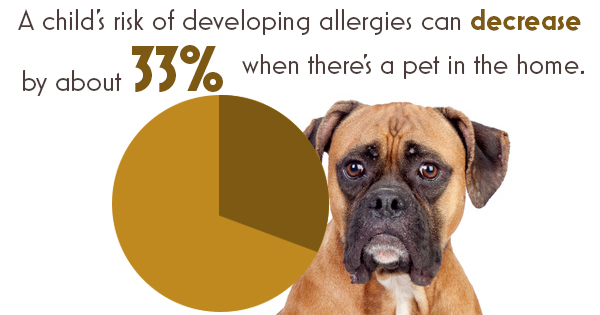 Your life as a pet owner would be a lot easier (and infinitely more amazing) if your pet could talk, but unfortunately that is not the case. Sometimes you know something is wrong, but you just can’t fix it. You need a dependent veterinarian who will take a personal interest in your little friend and make sure they leave the vet in better shape than they came in.
Your life as a pet owner would be a lot easier (and infinitely more amazing) if your pet could talk, but unfortunately that is not the case. Sometimes you know something is wrong, but you just can’t fix it. You need a dependent veterinarian who will take a personal interest in your little friend and make sure they leave the vet in better shape than they came in. We are a society that loves our pets. One survey found that 66% of people consider their pet their best friend. Whether it’s a dog or a cat, the companionship and responsibility you gain from owning a pet is really only surpassed by having a kid of your own. That’s a lot more work (and money), and requires you finding someone you’re comfortable with potentially spending the rest of your life with. So for those that aren’t quite ready for that, a pet is the next (some would argue the) best option. If you want to join the millions of other pet owners in this country, here are the three
We are a society that loves our pets. One survey found that 66% of people consider their pet their best friend. Whether it’s a dog or a cat, the companionship and responsibility you gain from owning a pet is really only surpassed by having a kid of your own. That’s a lot more work (and money), and requires you finding someone you’re comfortable with potentially spending the rest of your life with. So for those that aren’t quite ready for that, a pet is the next (some would argue the) best option. If you want to join the millions of other pet owners in this country, here are the three 
